Thank you all for attending the 2024 Northstar Radio Convention!
If you attended one of my sessions, here are PDF copies of the presentations that I presented:
Check back soon, as I will upload a parts list for my battery box.
73!
Dale – W0DHZ
Adventures in Ham Radio
Thank you all for attending the 2024 Northstar Radio Convention!
If you attended one of my sessions, here are PDF copies of the presentations that I presented:
Check back soon, as I will upload a parts list for my battery box.
73!
Dale – W0DHZ
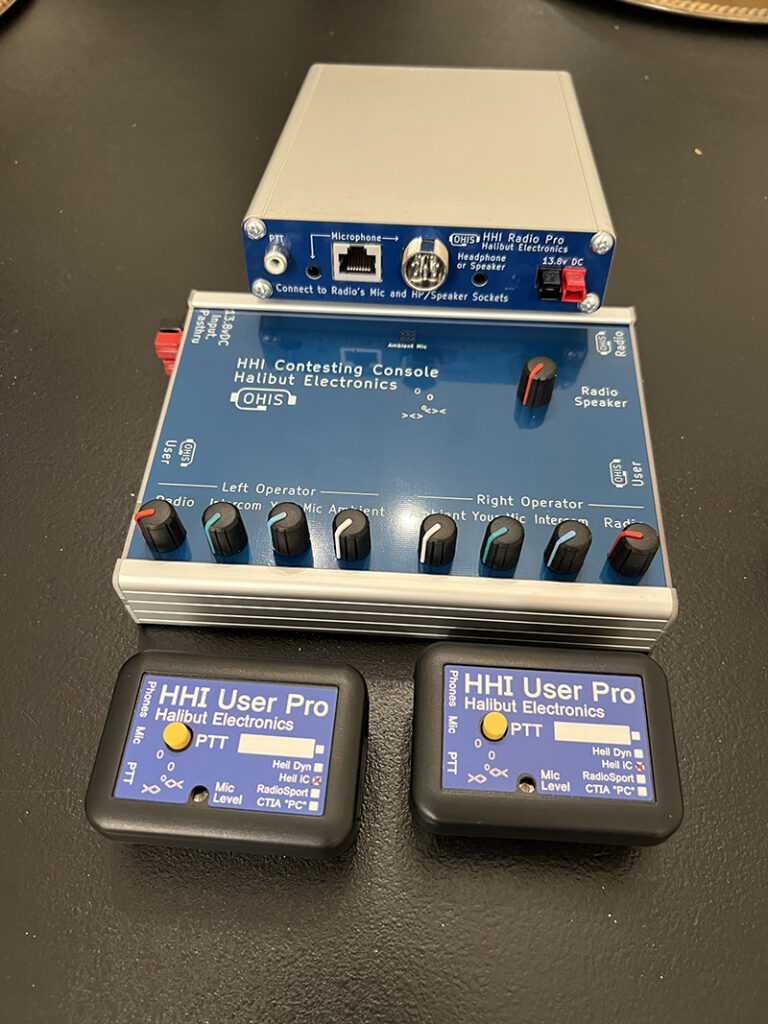
I purchased my HHI Contesting Console and Radio Pro from Halibut Electronics to use on portable POTA activations that my wife and I do together. She is recently licensed, and I wanted a more efficient way to do multi-op operations with headsets without passing a mic back and forth.

When I received the components: HHI Radio Pro, HHI Contest Console, User Pros, and the associated cables, I knew I had to make a few mods to make this a little easier for fast deployment with portable operations.
I started to 3D print a few designs that could encase the the two main components into a single unit, and then I went to bundling the cables into an easy-to-work with a harness. I used 1/2 inch PET expandable braided sleeving to bundle the main harness of power, headset, and 8-pin Icom mic cable).
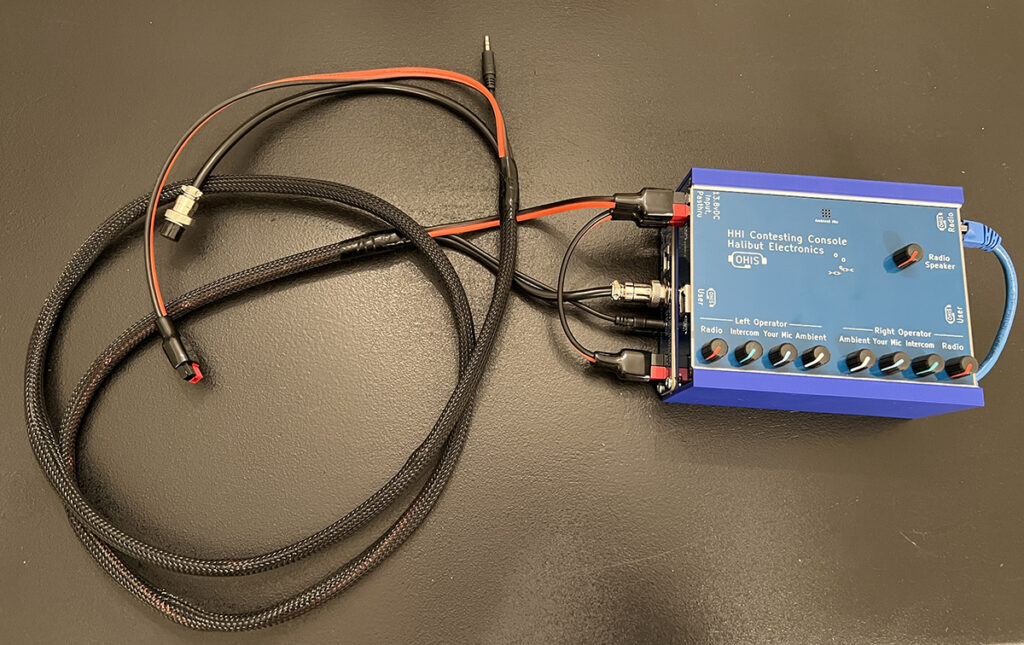
I ordered a 6″ Shielded Cat6A 26 AWG cable to connect the two boxes together and built an 8″ Power Pole cable to pass the power from the Contesting Console to the Radio Pro.
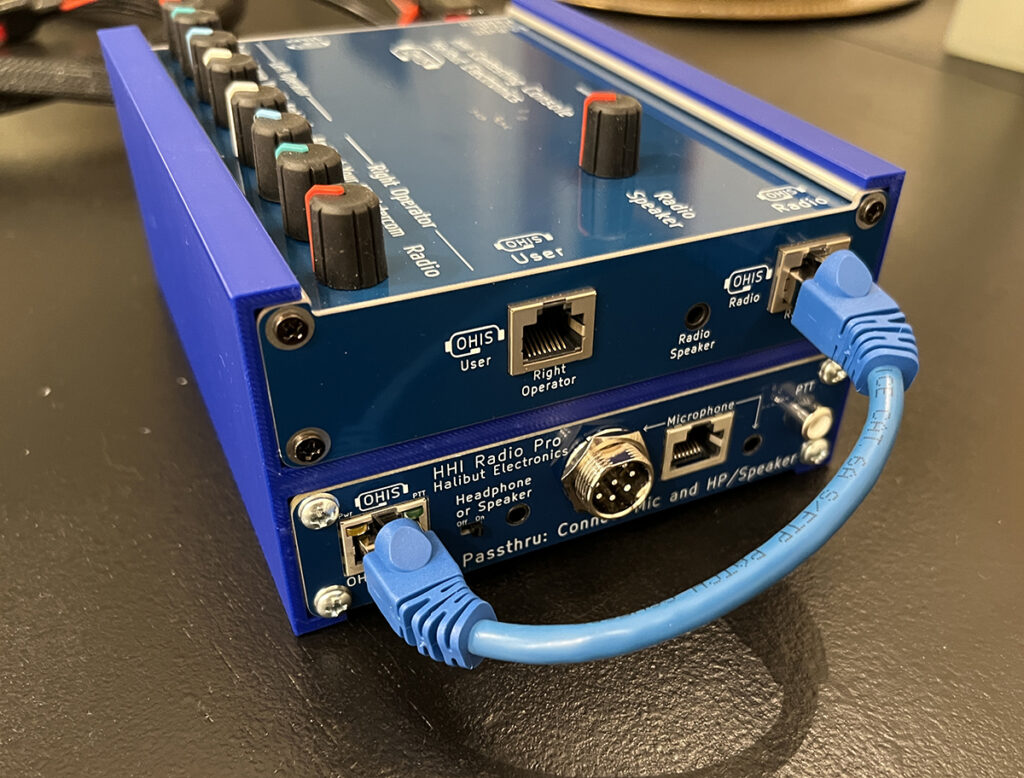
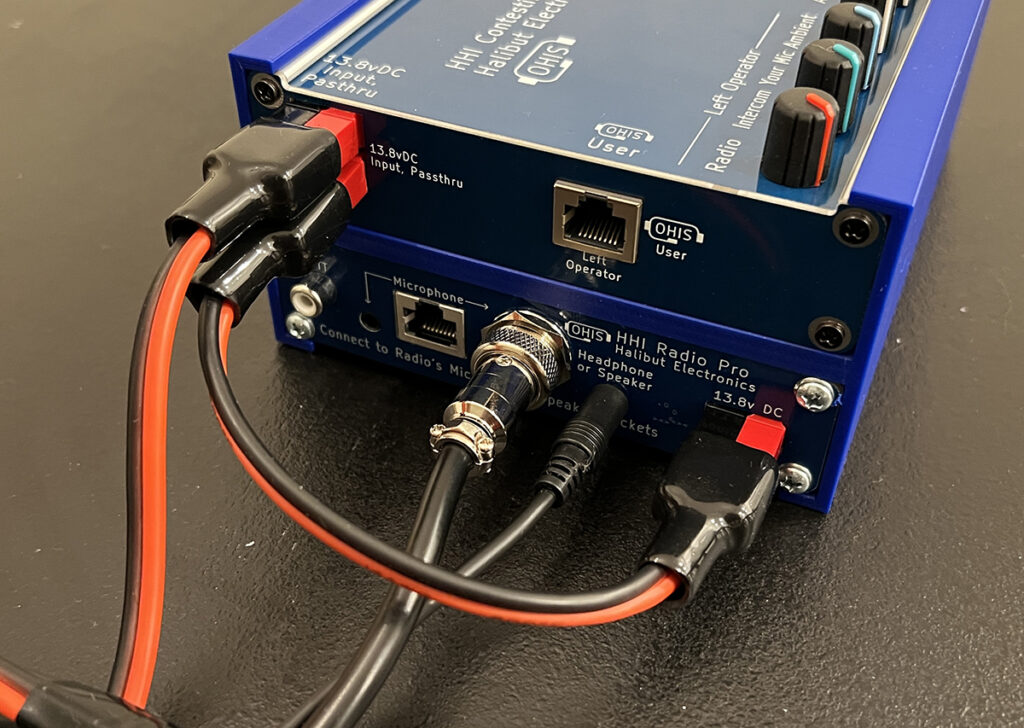
Now I had a very compact unit that I can cable up quickly and get to operating.
I went through several iterations of 3D printing an enclosure. I tried versions with locking mechanisms to keep the two boxes from shifting back and forth, but ultimately, I landed on the most simple design that uses friction to hold them in place. I can add a thin piece of Scoth two-sided tape to hold things in place if needed. I am really happy with this thin/clean design.
Here is an action shot of us using the rig on my wife’s first POTA activation this weekend. It worked perfectly!
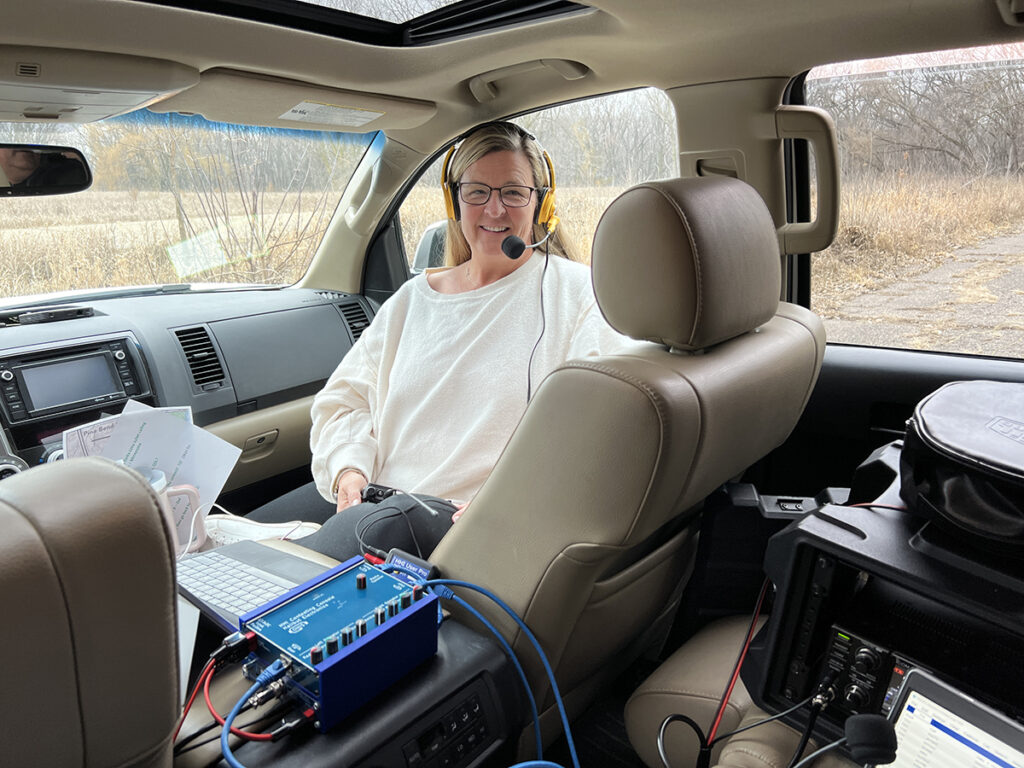
We had to work from inside the car as it was about 32 F outside.
If you want to print one of these cases, use the link below to download the STL file.
HHI Radio Pro and Contesting Console Portable Case STL File
It was printed with PETG / 2 Wall Perimeters / 15% Infill. I tried to print with 3 wall perimeters, but I found it too rigid to slide the devices into place. Two wall loops allow it to flex a bit while providing some friction.
If you don’t have a 3D printer, Aaron Scullin at Hitched4Fun.com can help! He has this and many other excellent ham radio and RV accessories.
This all fits very nicely into a Harbor Freight Apache 3800 case.
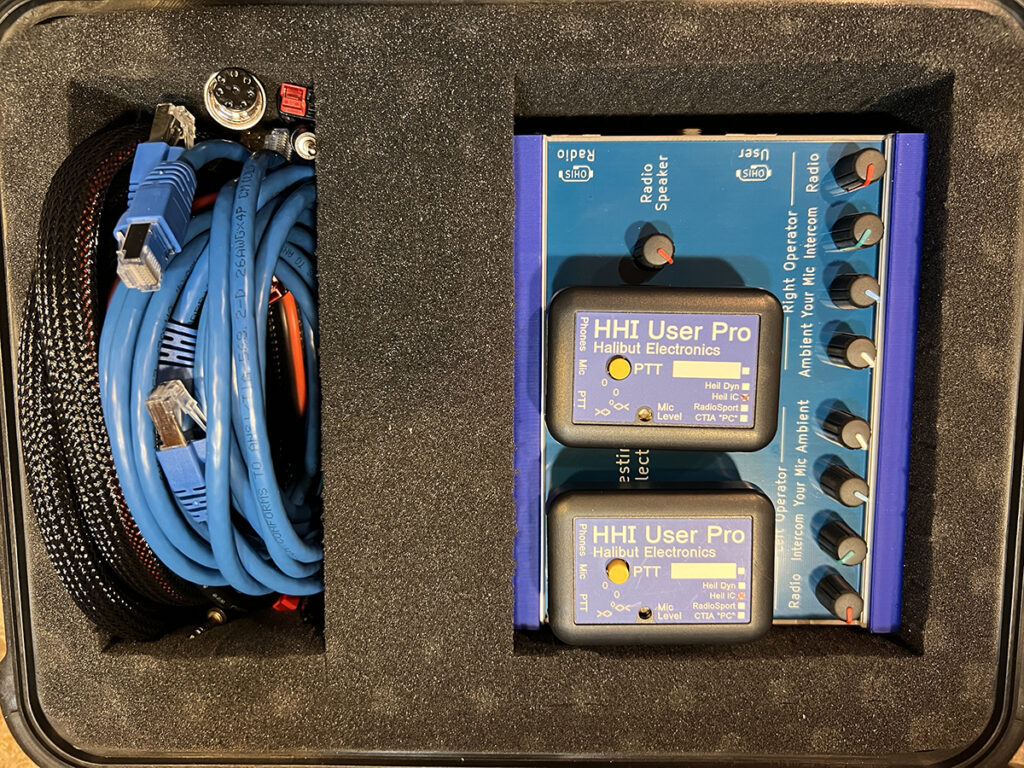
Now, I have a compact and quick-to-deploy rig to make multi-operator operations quick and easy!
Let me know if you have any suggestions to make things better!
Other Parts List

Some pretty amazing people and organizations are providing valuable tools and services to the ham radio community. These tools and services make our lives easier and add value to this hobby.
Providing these capabilities to the amateur radio community is not always cheap. And many of them are using their personal funds occasionally to keep their tools and services available to all of us.
I periodically try to make sure that I am helping to support these individuals and organizations. You can do so by donating through their websites, joining their Patreon groups, contributing to their “Buy me a coffee”, super chats in their web streams, purchasing some of their merchandise, or utilizing their affiliate links.
Here are a few that I make sure to give back to regularly, as they provide great value to me as I continue to grow in this hobby.
The Parks on the Air program runs a good deal of cloud infrastructure to provide the park directory, spotting page, and awards system. Without this platform, the Parks on the Air program would not be as successful as it is. The program continues to grow as it adds more parks and countries to the program and pota.app features such as online log submission/processing through their web page.
You can support them by buying POTA merchandise, making a donation through PayPal, Venmo, or directly via their website at https://parksontheair.com/shop/.
Many of us use https://qsomap.org/ to create visually appealing maps of contacts and POTA activations.
They accept donations via https://qsomap.org/donors.php.
Although I purchased my logging software N3FJP some time ago, I continue to receive updates to both the software and callsign/country database. These updates are provided free of charge, but I still try to remember to contribute now and again to support Scott and this great piece of software.
You can make a donation via their gift jar at https://www.n3fjp.com/donations.html.
Many of your favorite content creators on Youtube have Patreon sites, Super Chats during live streams, and Buy Me A Coffee/Tip Jar links. The content these creators post takes an amazing amount of time to produce and post. The value that I have gained from these creators makes up for a donation here and there. I have discovered equipment that has made my ham radio experience better, avoided equipment I didn’t need, and they have turned me on to many time-saving tips.
Take time to find out if your favorite content creators have donation tools to help them continue producing the content you love.
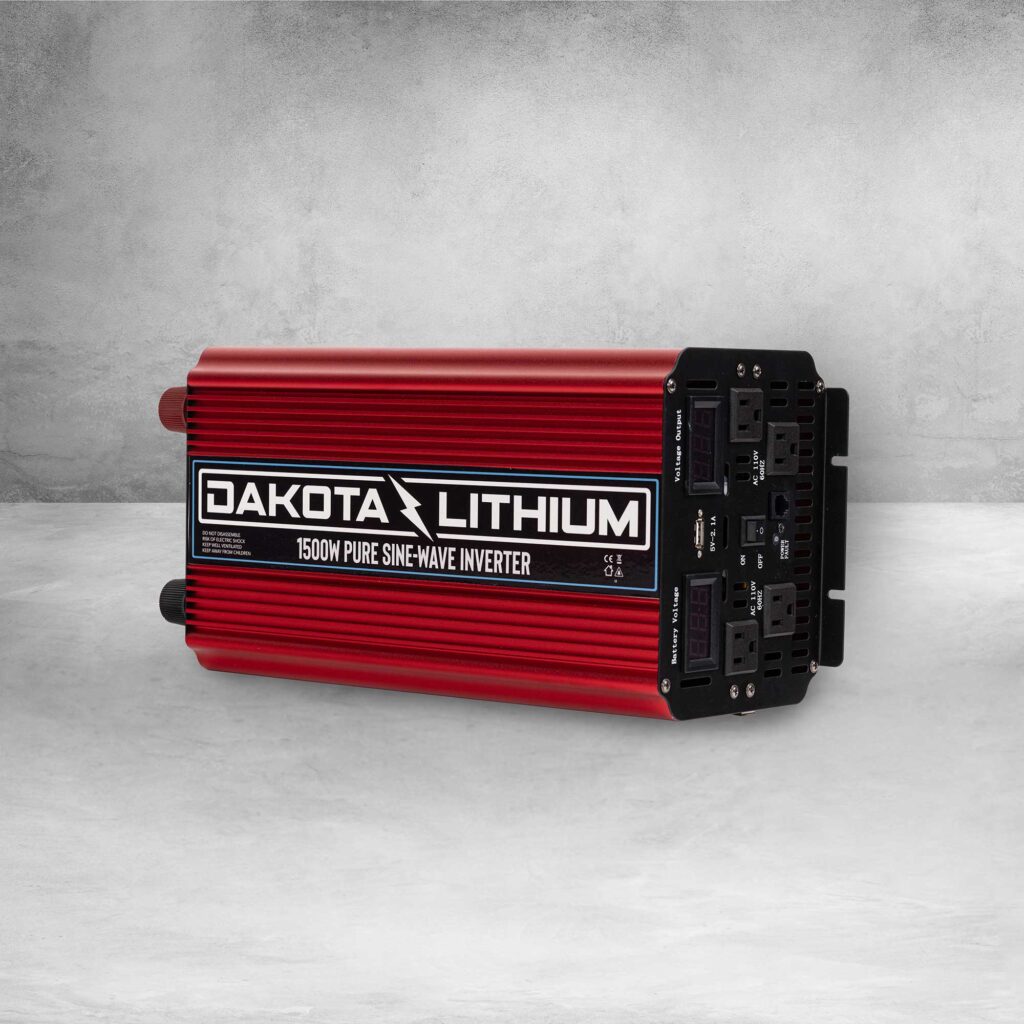
Inverters are devices that convert DC power to AC power, allowing you to use electrical devices that require AC power when you’re away from a traditional power source. There are two main types of inverters: pure sine wave and modified sine wave. Both have their advantages and disadvantages, so it’s important to consider your needs and uses before deciding which one to use.
Pure Sine Wave Inverters
A pure sine wave inverter produces an AC wave identical to the AC power you get from a wall outlet. This means it provides clean power with a low harmonic distortion, making it the ideal choice for sensitive electronic equipment like computers, televisions, and medical devices.
Pros:
Cons:
Modified Sine Wave Inverters
A modified sine wave inverter produces a wave that is not a pure sine wave but rather a stepped waveform that mimics the shape of a pure sine wave. This waveform is still suitable for most electrical devices but may not be the best option for sensitive electronic equipment.
Pros:
Cons:
Conclusion
When choosing between a pure sine wave inverter and a modified sine wave inverter, it’s important to consider your specific needs and uses. A pure sine wave inverter is the best choice if you need a clean and stable power source for sensitive electronic devices.
However, a modified sine wave inverter may be a better option if you’re looking for a more affordable and general-purpose inverter that can be used with most electrical devices. Ultimately, it’s important to research and choose the inverter that best meets your needs and budget.

I recently added some amateur radio equipment to my shack and started to look at the overall investment I have in the hobby and realized that it was time for me to look at how I manage my risk in this area.
While going through this, I started to think about how this investment would be protected from and insurance perspective.
I looked at coverage from the following two companies:
(Information below is current as of 1/29/2023)
The ARRL Insurance Program website is very basic, with little other information. This program does also offer coverage for ham radio clubs.
Although it does state that this coverage is only available to ARRL members, I do not recall being asked if I was an ARRL member.
Ham Radio Insurance Associates has a less modern-looking website. However, it contains more information on how they differentiate themselves from your homeowner’s policy. Ham Radio Insurance Associates company was started by a long-time ham radio operator, Bill Hill, W3WH, and they now have over 25 years of experience insuring ham radio equipment.
I did not look at these policies from the antenna/tower perspective because I do not have large antennas or towers to insure. So my decision was based on insuring my ham radio and computer equipment.
I chose the ARRL Insurance Program mainly due to the ease of enrollment via their more modern web page. It was an easy process, and via the online portal, I could add additional equipment to my policy easily by just paying a prorated amount for the new equipment.
However, after reading more online reviews (eHam.net Reviews) about Ham Radio Insurance Associates, I think I will contact them at renewal time.
If you take anything away from this post, I can’t stress enough how important it should be to inventory your shack and put a replacement value to all of your items, especially the equipment you travel with/take portable on a regular basis. I was shocked by my total investment. (Please don’t tell my wife.)
Once you have that inventory, you can decide how important it is to augment your coverage with this additional type of insurance.
I have included an Excel template I use to keep track of my equipment inventory – Ham Radio Inventory Template.
Copyright (c) 2023 - Dale R. Henninger